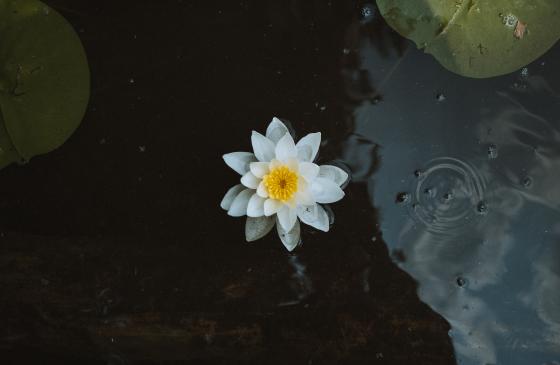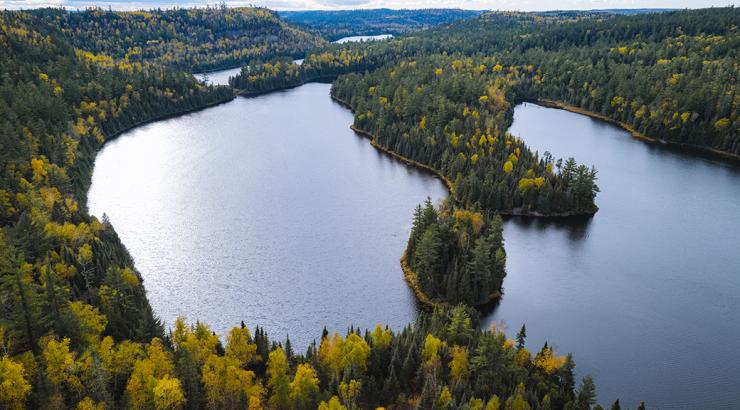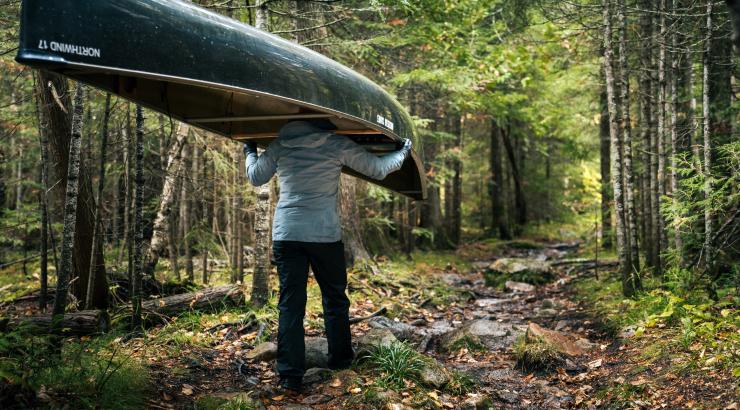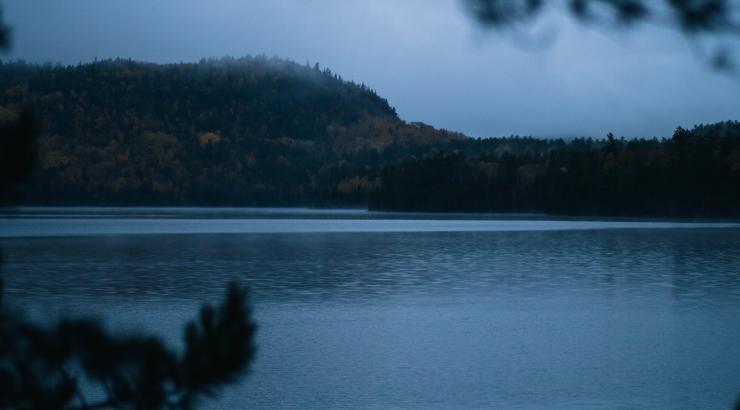It’s been a busy summer for Boundary Waters news.
Rep. Betty McCollum’s Boundary Waters bill has made steady progress in the House throughout the past few months. Meanwhile, the U.S. Forest Service released a June 2022 draft environmental study, which outlined the risks of nearby proposed copper mining to the Boundary Waters and recommended a 20-year ban on this type of mining near the Wilderness.
On top of all this progress toward protection, thousands of people have spent their summer enjoying the Boundary Waters and surrounding wilderness-edge communities like Ely and Grand Marais! With so much happening at our campaign and in the Wilderness, we asked you: What do you want to know about all of this?
Here are answers to 4 commonly asked questions:
“Why is the Forest Service’s recommended ban only 20 years?”
In short, it’s because 20 years is the maximum amount of time allowed by federal law through this process.
The executive branch cannot permanently ban sulfide-ore copper mining near Boundary Waters through a mineral withdrawal — that’s up to Congress. However, this recommended 20-year ban would provide a much-needed layer of protection for the Wilderness and the Forest Service’s draft study made clear the risks posed by copper mining in this area.
We want to make sure the Forest Service sticks with their recommendation, and we have until August 13 to gather signatures supporting the draft environmental study. Sign the petition today to help protect the Boundary Waters.
“When will the Boundary Waters become permanently protected?”
As we hinted in the answer above, only Congress can permanently protect the Boundary Waters from sulfide-ore copper mining, so that’s the timeline to keep an eye on. Rep. McCollum’s Boundary Waters Bill has seen genuine progress over the past few months via a May 2022 House subcommittee hearing and a successful July 2022 Natural Resources Committee vote. The bill is now eligible for a full vote on the House floor.
However, this bill needs a Senate companion to have a shot at becoming a law and permanently protecting the Boundary Waters. We need supporters to tell Senators Amy Klobuchar and Tina Smith to step up for America’s most-visited Wilderness and introduce a Senate version of the Boundary Waters bill. This would be a major step forward in the legislative process.
“What are current water level conditions in the Boundary Waters?”
Based on what we’ve heard from our business allies and staff members in Ely, the Boundary Waters has not been as heavily impacted by the record flooding still plaguing our friends at Voyageurs National Park (VNP).
Last year, northeastern Minnesota fell into a record drought that lasted until this year’s very rainy spring. Unfortunately, these high precipitation totals led to extremely high water levels in northern Minnesota, which forced closures at resorts and parts of VNP. Thankfully, the flooding is easing and St. Louis County has shifted from emergency response to recovery efforts.
The Boundary Waters initially experienced very high waters due to rain and snowmelt, but this has since receded. For more up-to-date information on weather and water conditions in the Wilderness, reach out to an outfitter in the Boundary Waters Business Coalition, who will have more detailed information from trip guides, or one of the Forest Service’s Ranger Stations.
“What role does Canada play in this cross-border threat?”
Proposed sulfide-ore copper mining on the edge of the Boundary Waters is indeed a threat to waterways along the international border and into Canada. This includes Canada’s Quetico Provincial Park to the north of the Boundary Waters. The eventual flow of these waters is to Lake of the Woods and ultimately to Hudson Bay in northeastern Canada.
Canadian people, First Nations Communities, and the Canadian government are taking steps to protect these waterways, but the U.S. still needs to act. Major decisions about the Twin Metals mine will be made by the U.S. government. Read more about the trans-national threat of copper mining pollution, international treaties, and First Nations Indigenous communities' concerns about copper mining in this region.



